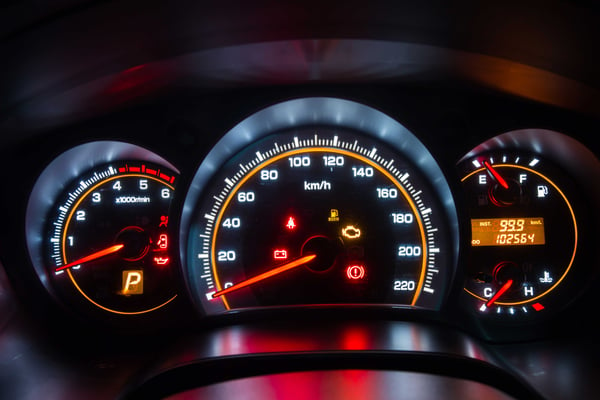If you’re still tracking production information like units produced, quality information, and downtime using manual data entry into a spreadsheet, you’re not alone, but should really consider an upgrade. Dashboarding software can collect, store, and display production information from a central location and eliminate the need for maintaining clunky spreadsheets. There are a lot of reasons to do this depending on your specific plant environment, but here are three universal reasons to make this change.
1. Eliminate Clerical Errors
Dashboarding software can automatically collect production data from automated equipment, eliminating the need for manual data entry. You can accomplish this with a simple ethernet connection to most modern automated equipment, but even older equipment can be connected with only slightly more effort.
For information that cannot be sourced directly from automated machines, tablet solutions can still remove at least one of the steps in data entry. Replacing clip-boards and forms with mobile tablets allows data to go straight to the database from the entry point rather than requiring manual entry at a later point. You can program mobile applications to check for appropriate ranges of entry as well, helping to identify at least some error at the manual entry point.
2. Efficient Data Distribution
Dashboards put relevant data from multiple data sources all in one common place that anyone with the right permissions can access. Information displayed on a screen can be customized to a particular user or to a group of users so everyone sees only the information that is relevant to their job. Best of all, the information is always updated and “fresh” from the plant floor, so no more waiting for end of day/week/month reports.
3. Gain Insight from Historical Information
Dashboards get their information from databases, and unlike spreadsheets, once information is in a database, it can stay there forever. As your data history grows, you can start to see historical trends such as seasonality. You can compare this quarter's numbers to last quarter, or the same quarter last year. You can see what impact a procedure change had on production by comparing data before and after the change. The possibilities are endless, and they are way easier to access than the tabular data in a spreadsheet.
Learn More
Production efficiency software can have an enormous impact on your bottom line, and it does not have to be expenseive. If you're new to the idea, check out our blog post Affordable Efficiency. Get a more in-depth look at software tools you can use to streamline production in our white paper titled "9 MES tools every plant manager needs to improve business performance."








Comments